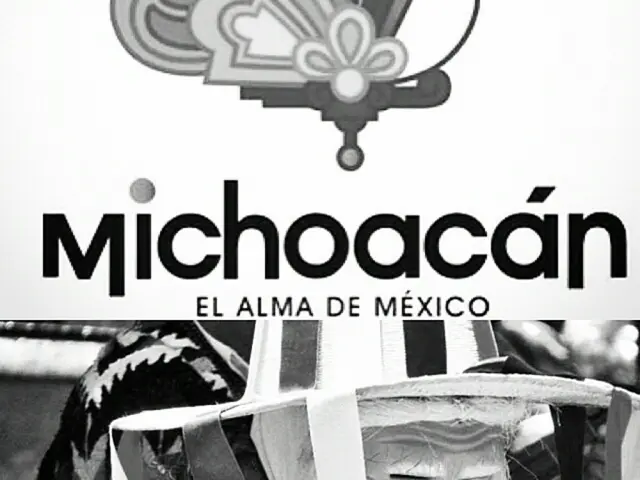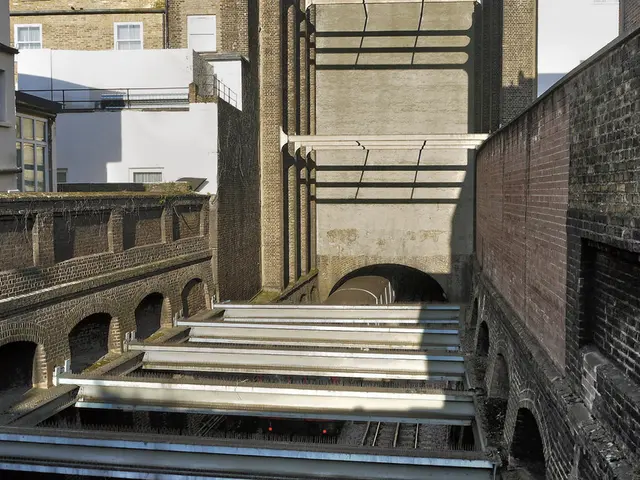Regulation Update: Secure Management Protocol for Recalled Airbag Models
The U.S. Environmental Protection Agency (EPA) has issued an interim final rule to manage the generation, accumulation, and disposal of recalled Takata airbag inflators, aiming to ensure public safety and environmental protection during the ongoing recall campaign.
The Takata airbag inflator recalls, which began in 2015, constitute the largest automotive recall in U.S. history, affecting 19 vehicle manufacturers and approximately 65 to 70 million airbag inflators. The EPA's interim final rule establishes specific regulatory requirements for the proper handling, storage, transportation, and disposal of these inflators.
The rule sets stringent controls to ensure that recalled Takata inflators, which may be unstable due to propellant degradation, are managed safely to prevent accidental deployment during recall logistics or disposal processes. The procedures are consistent with environmental compliance laws such as the Resource Conservation and Recovery Act (RCRA), ensuring that the disposal does not result in environmental contamination.
Entities that generate the airbag waste, known as "airbag waste handlers," include automobile dealerships, automotive salvage and scrap yards, independent repair facilities, and collision centers. Once collected at the airbag waste collection facility, the airbag waste will be managed as RCRA hazardous waste and must be sent to RCRA disposal or recycling facilities.
The rule provides a conditional exemption from the RCRA hazardous waste requirements for entities that remove airbag modules and inflators (airbag waste). This exemption aims to facilitate airbag management away from long-term storage and to final disposal, following Takata's restructuring due to bankruptcy in 2018 and the amended Preservation Order regarding returned inflators by U.S. DOT.
The rule was effective immediately upon publication in the Federal Register on November 30, 2018. The EPA held two webinars about the interim final rule on airbag inflators on November 30, 2018, and December 6, 2018. A recording of the November webinar is also available.
As of August 2018, these recalls have resulted in fifteen deaths and at least 250 injuries in the United States. The rule was issued in response to the 2015 Coordinated Remedy Order for the recall of defective Takata airbag inflators by the U.S. Department of Transportation's National Highway Traffic Safety Administration.
Although the rule applies primarily to Takata airbag waste, it also includes provisions for non-Takata airbag waste. Affected entities should check with their state regulatory agency to determine if the conditional exemption for airbag waste is available for them to use. The EPA's action through this interim final rule is necessary to facilitate the expedited removal of defective Takata airbag inflators from vehicles.
For more information, the webinar details and presentation slides can be found on the CLU-IN web page, and the related resources such as "Safe Handling, Storage and Treatment of Waste Fireworks" and "About explosive hazardous wastes and treatment technologies" are available for reference. A memorandum issued by the EPA in June 2017 clarifies that the recalled Takata airbag inflators are not subject to RCRA Subtitle C regulatory requirements while they are being held under the DOT Preservation Order. This memorandum can be accessed here.
This interim final rule makes changes to the federal hazardous waste program that are less stringent, but authorized states are not required to adopt these changes. The rule was issued in response to the urgent public health issue posed by recalled Takata airbag inflators still installed in vehicles.
- The EPA's interim final rule, effective immediately, offers a conditional exemption from RCRA hazardous waste requirements for entities handling airbag waste, aiming to facilitate efficient removal of Takata airbag inflators.
- Entities generating Takata airbag waste, such as automobile dealerships and independent repair facilities, must manage the waste in compliance with environmental laws and send it to RCRA disposal or recycling facilities.
- The rule applies not only to Takata airbag waste but also includes provisions for non-Takata airbag waste, with affected entities encouraged to check with their state regulatory agency for available conditional exemptions.
- The action through this interim final rule is essential for the expedited removal of defective Takata airbag inflators from vehicles, considering the 2015 Coordinated Remedy Order and the urgent public health issue they posed.





